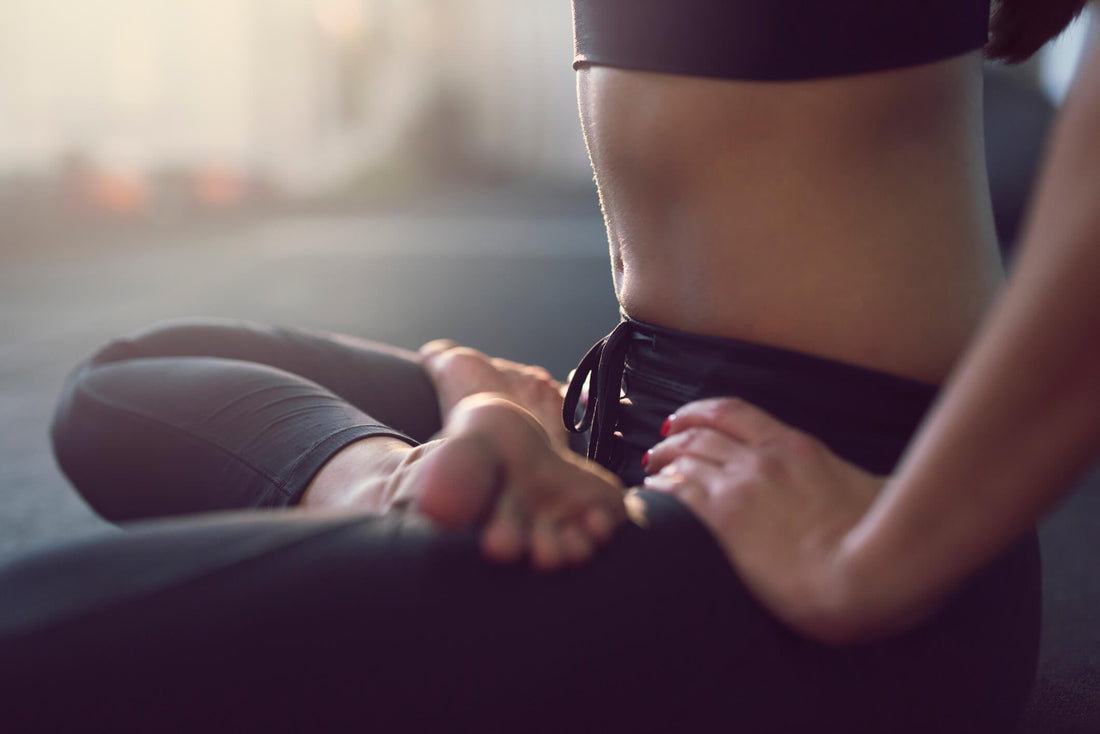
The Real Cause of Your Lower Back Pain? It Might Be Your Hips.
If you suffer from lower back pain, you're certainly not alone. As one of the most common physical ailments facing Western society, we clearly haven't mastered it yet. Part of the reason is that we often fail to look beyond the obvious. As a Physiotherapist passionate about root-cause analysis, I've found that the onset of low back pain consistently links back to one often-missed factor: hip stiffness.
Why the "Usual Suspects" for Lower Back Pain Are Misleading
Clinically, the overwhelming majority of acute back pain sufferers have no genuine idea why their back suddenly hurts. They blame things like:
- Sleeping funny
- Moving the wrong way
- Lifting something we shouldn't have
- Age
These ideas, while understandable, are superficial. They make the pain seem like a mysterious, uncontrollable event. The truth is, for most non-traumatic injuries, the moment of pain is simply the last straw—the final consequence of a prolonged period of dysfunctional mechanics that could no longer tolerate the basic requirements of being human.
The Scanning Trap: When MRIs Don't Tell the Whole Story
We are slowly realising that just because something doesn't look perfect on an X-ray or MRI, it doesn't mean it is automatically the cause of your symptoms. You can have a disc bulge on a scan, but have your pain generated by an irritated joint or stiff muscles elsewhere.
Scans can be useful for ruling out serious pathology, but they should only form part of your diagnosis, not be the thing that creates one. A nasty scan result can often lead to unnecessary anxiety and even surgery, when the real issue is a functional problem like mobility.
The Hidden Link: How Stiff Hips Wreck Your Back
Mechanically, your hips are designed to be your primary movers for activities like walking, bending, and lifting. Your lumbar spine (lower back) is designed for stability. It's a brilliant partnership—when it works.
However, thanks to our sedentary lifestyle, we have become a society with profoundly stiff hips. We sit in the car, at our desks, and on our couches, keeping our hips locked in a flexed position for hours. This leads to a significant loss of the hip's normal range of motion, particularly in extension (moving the leg behind you) and internal rotation.
What Happens When Your Hips Are Stiff?
When your hips are stiff and can't move through their full range, your body still needs to get the job done. So, it finds movement from somewhere else. That "somewhere else" is often your more mobile—but less stable—lumbar spine.
Imagine performing a simple task like picking up a shoe from the floor. If your hips can't hinge freely, your lower back will be forced to round and flex excessively to make up any difference. This places greater shear and compressive forces on the discs, ligaments, and joints of your spine. Do this once, and it's fine. Do it thousands of times over the years, and you've created the perfect environment for a "sudden" onset of pain.
In essence, your lower back is being forced to do a job it may not have signed up for.
Is Your Mid-Back the *Actual* Source of Your Pain?
As a Physio, one discovery revolutionised the way I looked at pain: the concept of referred pain from the thoracolumbar junction (TLJ).
This area, where your mid-back meets your lower back, can refer pain downwards. A classic case is someone with nasty one-sided lower back pain, an MRI showing a disc bulge, and even surgery that doesn't fix the pain. Yet, when we treat this specific area of the mid-back, the lower back pain resolves.
If you have pain that feels vague, is hard to pinpoint, or isn't getting relief from local treatment, you must consider the TLJ as a potential source.
Your Action Plan: Unlocking Your Hips for a Healthier Back
Addressing hip stiffness isn't about complex protocols; it's about consistent, targeted movement. Here are the most effective exercises I prescribe to my patients to restore hip mobility and offload their lower back.
1. The 90/90 Hip Switch
Why it works: This is one of the best drills to improve internal and external hip rotation, which is crucial for shock absorption and smooth movement.
How to do it:
- Sit on the floor with your legs in a "90/90" position—one leg bent 90 degrees in front of you, the other bent 90 degrees to your side.
- Keep your torso tall and your back straight.
- Lift your legs and smoothly switch their positions back and forth, like a windshield wiper.
- Perform 10-15 switches per side, focusing on controlled movement.
2. The World's Greatest Stretch
Why it works: This dynamic stretch tackles hip flexion, hamstring flexibility, and thoracic (mid-back) mobility all at once.
How to do it:
- From a standing position, step forward into a lunge.
- Place the opposite hand on the floor inside your front foot.
- Rotate your torso and reach your same-side hand toward the ceiling.
- Return to the lunge and then straighten your front leg to feel a hamstring stretch.
- Return to the lunge and step back to the start. Repeat 5-8 times per side.
3. Couch Stretch
Why it works: This directly targets hip flexor tightness caused by prolonged sitting, which is a primary driver of poor hip extension.
How to do it:
- Kneel in front of a couch or wall.
- Place one foot flat on the floor in front of you, knee bent at 90 degrees.
- Place the shin and top of the other foot against the wall behind you.
- Gently tuck your pelvis and lean into the stretch until you feel a deep pull in the front of your hip. Hold for 45-60 seconds per side.
A Final Word from a Physio Who Cares About the Root Cause
If your lower back pain is persistent, it may be a sign that you've failed, or that it's a permanent condition. It's often a sign that there's a hidden issue—like stiff hips—that hasn't been addressed.
By shifting your focus from just treating the painful area (your back) to addressing the root cause (your hip mobility), you can break the cycle of pain and reclaim a life of free, comfortable movement. Start with these exercises today, and give your back the support it truly needs.
Need Personalised Guidance?
If you'd like help trying to uncover the underlying cause of your pain or dysfunction, consider booking an online Telehealth consultation with Grant here!

